Struggling with hotel lighting choices? Poor lighting hurts the guest experience and your budget. Selecting the right COB downlight combines performance, looks, and reliability for the best result.
The best COB LED downlights for hotels feature a high CRI (>90), appropriate color temperature (2700K-3000K), low UGR (<19), and a reliable driver. Adjustable and dimmable fixtures with good heat dissipation are essential for creating a comfortable and flexible atmosphere in hospitality spaces.
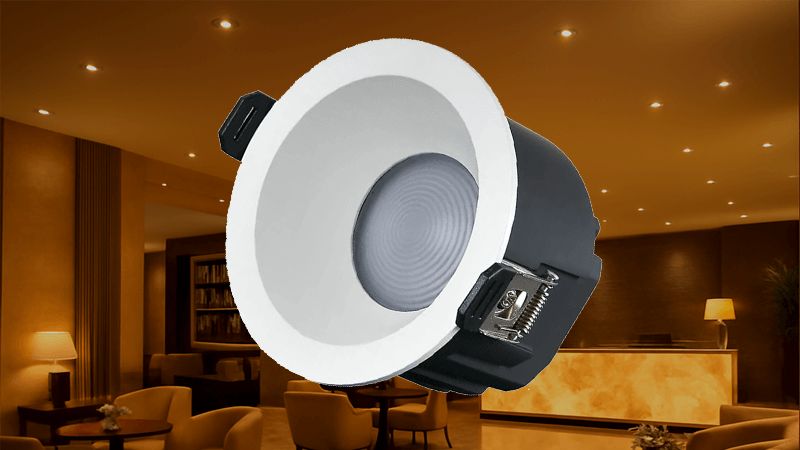
Getting the lighting right is more than just picking a bright bulb. It's about creating a mood, highlighting design, and ensuring guest comfort from the lobby to the guest room. I've spent years helping purchasing managers like you navigate these choices. The details truly matter when you are aiming for five-star quality. Let's break down exactly what you need to look for, so you can make every project a success and secure the best value for your company.
What are the light requirements for hotels?
Confused by hotel lighting standards1? Getting them wrong creates an unwelcoming atmosphere for guests. Focusing on a few key metrics will help you meet every requirement with confidence and precision.
Hotel lighting requires a high Color Rendering Index (CRI >90) for accurate color, specific color temperatures (CCT) for mood, and a low Unified Glare Rating (UGR <19) for comfort. Lux levels vary by area, from bright lobbies to cozy rooms, demanding a flexible and layered lighting plan.
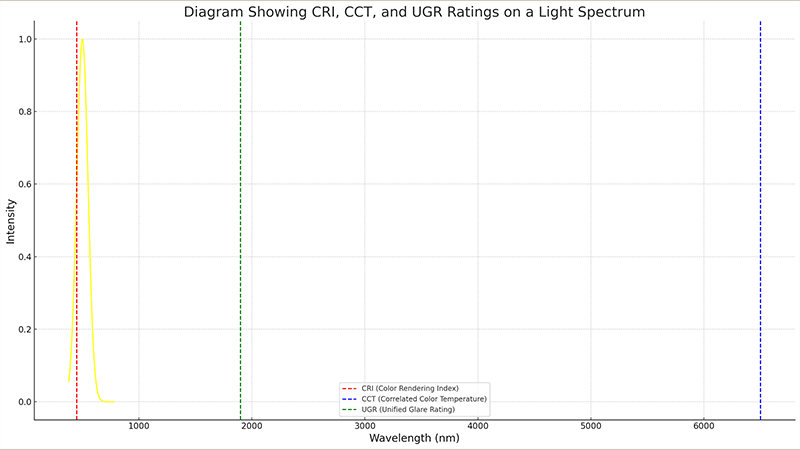
When sourcing lighting for a hotel, moving beyond just lumens and wattage is critical. You must focus on the quality of light. In my experience, projects often fall short because they overlook these key metrics that directly impact a guest's perception and comfort.
Understanding Key Lighting Metrics
-
Color Rendering Index (CRI): This measures how accurately a light source shows colors compared to natural sunlight. For hotels, a CRI above 90 is non-negotiable. It ensures that food in the restaurant looks appetizing, interior design colors are true, and guests look healthy and natural in the guestroom mirrors. A low CRI can make a beautifully designed space look dull and cheap.
-
Correlated Color Temperature (CCT): Measured in Kelvin (K), CCT defines the color of the light, from warm to cool. For most hotel areas like lobbies, corridors, and guest rooms, a warm CCT of 2700K to 3000K creates a cozy, relaxing, and luxurious atmosphere. Public areas like gyms or back-of-house spaces might use a more neutral 4000K.
-
Unified Glare Rating (UGR): This is a measure of visual discomfort caused by glare. For hotels, keeping guests comfortable is the top priority. A low UGR2 of less than 19 is the standard. This is achieved with deep-set COB chips and high-quality anti-glare reflectors, preventing guests from being blinded when they look up.
-
Illuminance (Lux): This is the amount of light hitting a surface. The required lux level changes depending on the function of the space.
Here is a simple table I use as a starting point for my client projects:
| Hotel Area | Recommended Lux Level (lx) | Purpose |
|---|---|---|
| Lobby / Reception | 200 - 300 lx | Welcoming, clear navigation, safety |
| Corridors / Stairs | 100 - 150 lx | Safe passage, orientation |
| Guest Rooms | 150 lx (general) | Relaxing ambiance |
| Guest Bathrooms | 300 lx (at mirror) | Clear visibility for grooming |
| Restaurant | 200 - 500 lx (variable) | Varies from intimate to bright dining |
By specifying these four metrics, you ensure the lighting solution will not only be bright enough but will also create the right mood, render colors accurately, and provide maximum comfort for every guest.
What are the different types of lighting used in hotels?
Using one light fixture everywhere in a hotel? This approach creates a flat, uninviting space. A layered lighting3 strategy is the key to creating a dynamic and functional environment.
Hotels use three main layers of lighting. Ambient lighting provides general illumination (downlights, chandeliers). Task lighting focuses on specific activities (desk lamps, vanity lights). Accent lighting highlights features like artwork or architecture (spotlights, wall washers).
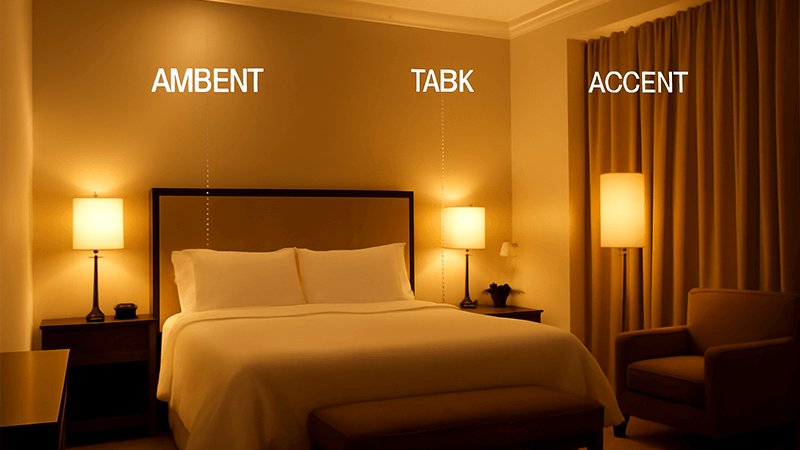
A well-lit hotel feels like a high-end production. It guides the eye, creates drama, and makes spaces feel both functional and beautiful. This effect is achieved by thinking in layers. As a manufacturer, I don't just sell fixtures; I help my partners design a complete experience. A great lighting plan combines three distinct layers, and COB downlight4s can play a role in all of them.
The Three Layers of Hotel Lighting
-
Ambient Lighting: This is the base layer, the general illumination that allows people to see and move around safely. It sets the overall mood of a space. In hotels, this is often achieved with recessed COB downlights evenly spaced in corridors and lobbies, or a large decorative chandelier in a grand entrance. The goal is soft, uniform light that fills the room without creating harsh shadows.
-
Task Lighting: This layer provides focused light for specific activities. It’s all about function. Think of the bright, clear light needed at the reception desk for staff to work efficiently, the reading lamp by the bed in a guest room, or the vanity lights around the bathroom mirror. Here, COB downlights with a narrower beam angle can be used over a desk or a kitchen counter in a suite to provide targeted illumination exactly where it's needed.
-
Accent Lighting: This is the creative layer that adds depth and visual interest. It's used to draw attention to architectural features, artwork, or decorative elements. I remember a project for a boutique hotel in Dubai. They wanted a dramatic lobby. We used adjustable COB downlights with a very narrow 15-degree beam angle to graze their textured stone walls. This created a beautiful play of light and shadow that completely transformed the space from flat to stunning. Adjustable gimbal downlights or track lights are perfect for this, allowing you to aim the light with precision.
By combining these three layers, you create a rich, flexible, and immersive environment that enhances the guest experience far more than a simple grid of downlights ever could.
What are the disadvantages of LED downlights?
Think all LED downlights5 are perfect? Low-quality fixtures can flicker, fail early, and show colors poorly. Understanding their potential downsides helps you avoid costly mistakes and choose wisely.
Potential disadvantages include glare6 if not designed well (high UGR), color shifts over time with cheap chips, and failure due to poor heat management. The most critical risk is an unstable driver, which can cause inconsistent brightness and significantly shorten the lifespan of the fixture.
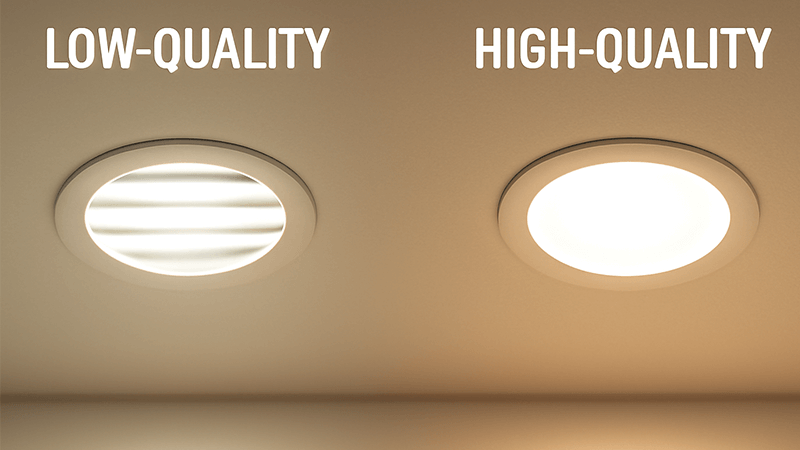
As an experienced manufacturer, I believe in being transparent about a product's potential weaknesses. While high-quality LED downlights are fantastic, the market is flooded with cheap alternatives that can become a nightmare for a hotel project. Knowing what can go wrong is the best way to ensure you are sourcing a reliable product that will last. The issues almost always come down to three things: the driver, the heat sink, and the optics.
The Driver is the Heart of the Downlight
The LED chip itself is a very robust semiconductor. It's the driver—the electronic component that converts AC power to the low-voltage DC power the LED needs—that is often the first point of failure. This is where my insight becomes crucial. A COB chip contains many small LED diodes connected in parallel. For them to work perfectly, the driver's output current must be extremely stable. I always demand a current stability of ≤±3% from my suppliers. If the driver is unstable, some diodes will receive more current than others. This leads to visible brightness inconsistencies across the fixture and causes the overworked diodes to burn out prematurely, drastically reducing the product's lifespan from 50,000 hours to less than 10,000.
Heat: The Enemy of LEDs
LEDs produce light efficiently, but they still generate heat. Unlike old incandescent bulbs that radiate heat forward, LEDs dissipate heat backward through their base. If that heat isn't drawn away effectively, it will degrade the LED chip and the internal electronics. A good downlight will have a heavy, well-designed aluminum heat sink with a large surface area (many fins) to dissipate this heat into the ceiling void. A cheap fixture will have a small, flimsy heat sink made of low-grade aluminum or even plastic, which is a recipe for early failure.
The Risk of Glare and Poor Color
A poorly designed downlight is uncomfortable to be around. Glare is a major issue, caused by a shallow reflector that doesn't shield the bright light source from view. A quality fixture will have a deep-set COB chip and an anti-glare reflector with a UGR <19. Furthermore, cheap LEDs can have poor color rendering7 (low CRI) and can suffer from color shift over time, turning a warm 3000K space into a sickly greenish-yellow. Reputable manufacturers use high-quality chips from trusted brands and perform strict binning to ensure color consistency across thousands of units for a large project.
Can COB lights be installed without a false ceiling?
Love the look of downlights but have solid ceilings? Cutting into concrete is not an option. Thankfully, surface-mounted COB downlights8 provide the same great light without needing a cavity.
Yes, absolutely. While recessed downlights require a false ceiling, you can use surface-mounted or track-mounted COB downlights. These fixtures are installed directly onto the surface of the ceiling, offering a modern, industrial aesthetic and the same high-quality light.
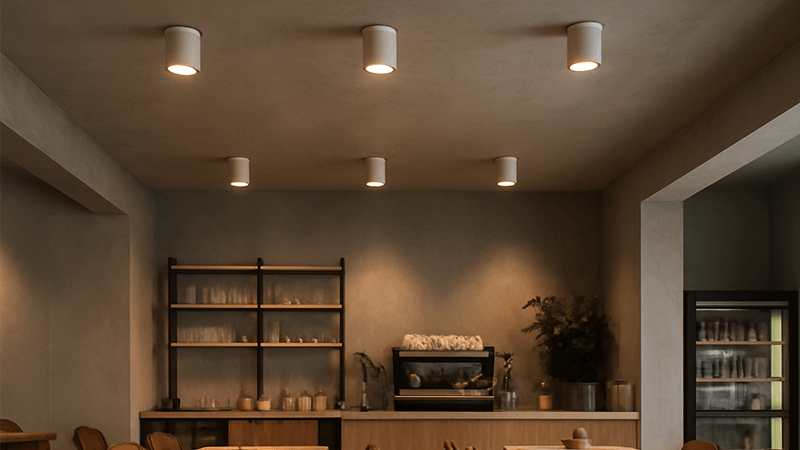
A common question I get from clients, especially those working on renovations or buildings with industrial architecture, is how to get that clean, focused downlight effect without a gypsum or suspended ceiling. The answer is simpler than you might think. You don't have to give up on COB lighting; you just need to choose a different mounting style.
Recessed vs. Surface-Mounted: The Key Difference
The standard recessed downlight is designed to sit flush with the ceiling for a clean, minimalist look. Its housing is hidden inside the ceiling void, which is why it requires a false ceiling made of materials like gypsum board or ceiling tiles. However, when you're faced with a solid concrete slab, a different solution is needed. Surface-mounted downlights feature a stylish housing (usually cylindrical or square) that contains the light source and driver. This entire unit is mounted directly onto the surface of the ceiling.
When to Use Surface-Mounted Downlights
Surface-mounted fixtures are a fantastic problem-solver for solid ceilings. They are incredibly popular in projects going for a modern, minimalist, or industrial-chic aesthetic. For one hotel project with high concrete ceilings in their bar area, we used slim, black, surface-mounted cylindrical COB downlights. They not only solved the installation problem but also became a key part of the design language, adding to the industrial vibe while providing excellent, low-glare accent light on the tables below. They are perfect for lofts, converted warehouses, modern retail spaces, and any hotel looking to make a contemporary design statement.
Considering Track Lighting Systems
Another excellent option for solid ceilings is a track lighting system. A track is mounted to the ceiling surface, and COB spotlight fixtures can be clicked into it anywhere along its length. This offers incredible flexibility. It's an ideal solution for hotel galleries, conference rooms, or restaurant spaces where you might need to change the lighting layout to accommodate different events or table arrangements. You can easily move, re-aim, or add more lights without any new wiring, providing a future-proof lighting system with all the benefits of high-quality COB technology.
Conclusion
Choosing the right COB downlight for hotels means focusing on high CRI9, low glare, and a quality driver. This ensures a great guest experience and long-lasting, reliable performance.
Explore the essential lighting standards that ensure a welcoming hotel atmosphere. ↩
Understand the significance of Unified Glare Rating for guest comfort. ↩
Explore how layered lighting strategies enhance the aesthetic and functionality of hotel spaces. ↩
Explore how COB downlights enhance hotel lighting with performance and aesthetics. ↩
Discover the benefits of using LED downlights for energy efficiency and aesthetics. ↩
Discover strategies to reduce glare and enhance guest comfort in hotels. ↩
Learn how color rendering impacts the visual appeal of hotel interiors. ↩
Learn about the versatility of surface-mounted COB downlights for solid ceilings. ↩
Learn why a high Color Rendering Index is crucial for guest comfort and ambiance. ↩

